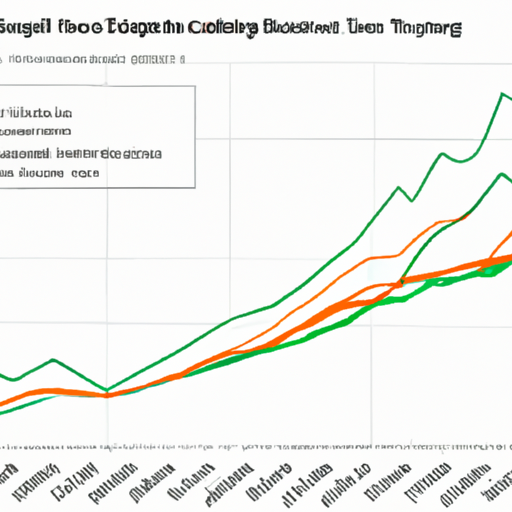The Impact of GBTC Outflows on Bitcoin
Introduction
Bitcoin has witnessed a significant drop of 19% following the approval of the Spot Bitcoin ETF and subsequent outflows from the Grayscale Bitcoin Trust (GBTC). Despite this negative price action, these outflows are actually a positive sign for Bitcoin in the medium-term. In this article, we will analyze the causes of GBTC outflows, the types of shareholders involved, and the estimated impact on Bitcoin’s price.
The GBTC Hangover
When the GBTC premium ran dry and the trust started trading below Net Asset Value (NAV), a series of liquidations began. The collapse of Terra Luna in May 2022 triggered a chain reaction of GBTC share liquidations, pushing the discount even further. This caused significant damage to the balance sheet of the entire industry. The bankruptcy estates of those involved in the so-called “risk-free” trade are still in the process of selling off their GBTC shares, with the largest estate, FTX, liquidating 20,000 BTC in the first eight days of Spot Bitcoin ETF trading.
Optimal Strategy for Different Shareholders
To understand the future outflows from GBTC, it is essential to consider the types of shareholders involved and their unique financial circumstances.
– Bankruptcy Estates: These estates hold approximately 15% of GBTC shares and are likely to sell their shares to repay creditors. The FTX estate has already sold its entire GBTC holdings.
– Retail Brokerage & Retirement Accounts: Retail investors hold around 50% of GBTC shares. Depending on the price of Bitcoin, they will decide whether to sell or hold. Those with tax-exempt status (retirement accounts) will likely exit GBTC due to its high fee structure.
– Institutional Shareholders: Institutions hold roughly 35% of GBTC shares, with some using arbitrage trading strategies. These shareholders are opaque and hard to forecast, but it is likely that a significant portion will exit without returning to Bitcoin.
Total GBTC Outflows & Net Bitcoin Impact
Considering the different types of shareholders and their potential outflows, a rough estimate suggests that 250,000 to 350,000 BTC will leave GBTC. Of this amount, 100,000 to 150,000 BTC is expected to be converted into cash, while 150,000 to 200,000 BTC may rotate into other trusts or products. This leaves a net-BTC selling pressure of 100,000 to 150,000 BTC.
A Farewell to Bears
Although the market has already absorbed a significant portion of the projected GBTC outflows, approximately 55-70% is still expected to occur over the next 20-30 trading days. Overall, an estimated 150,000 to 200,000 BTC in net selling pressure may result from GBTC sales. However, once the GBTC outflows are fully digested, Bitcoin will be less encumbered and have more room to rise.
In conclusion, despite the recent drop in Bitcoin’s price, the outflows from GBTC are ultimately bullish for the cryptocurrency in the medium-term. It signifies the end of GBTC’s stranglehold over the market and sets the stage for Bitcoin’s future growth. As the Spot ETFs settle into a groove, Bitcoin’s potential will be further unleashed.
This article is the result of a heuristic analysis and should not be considered financial advice. The estimated outflows are subject to market conditions.
